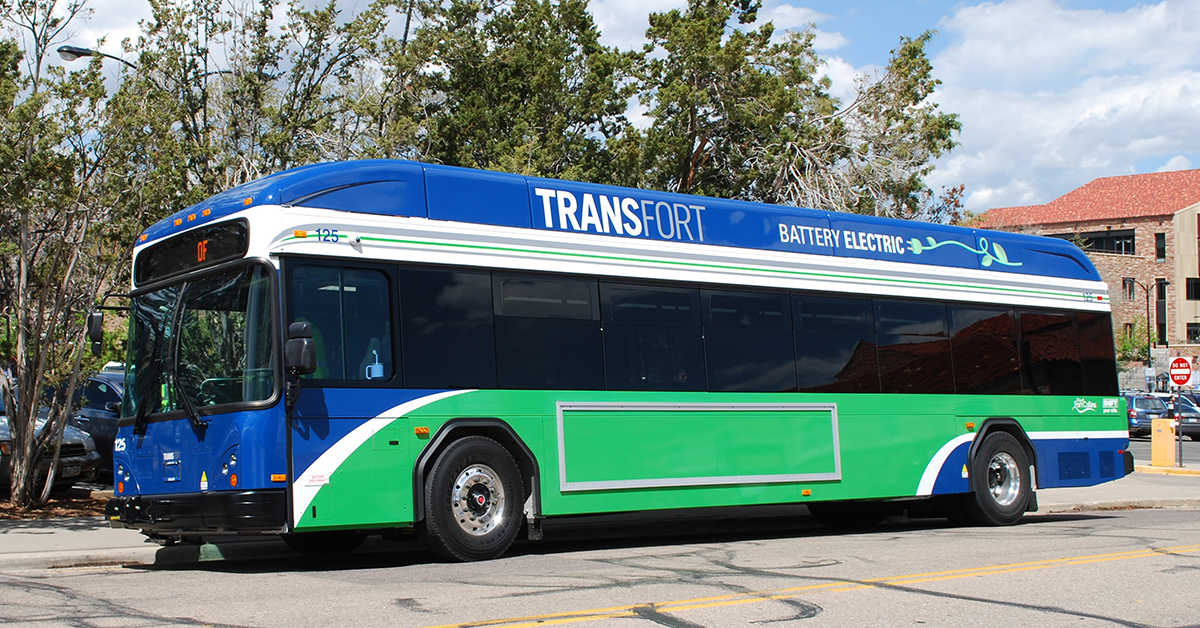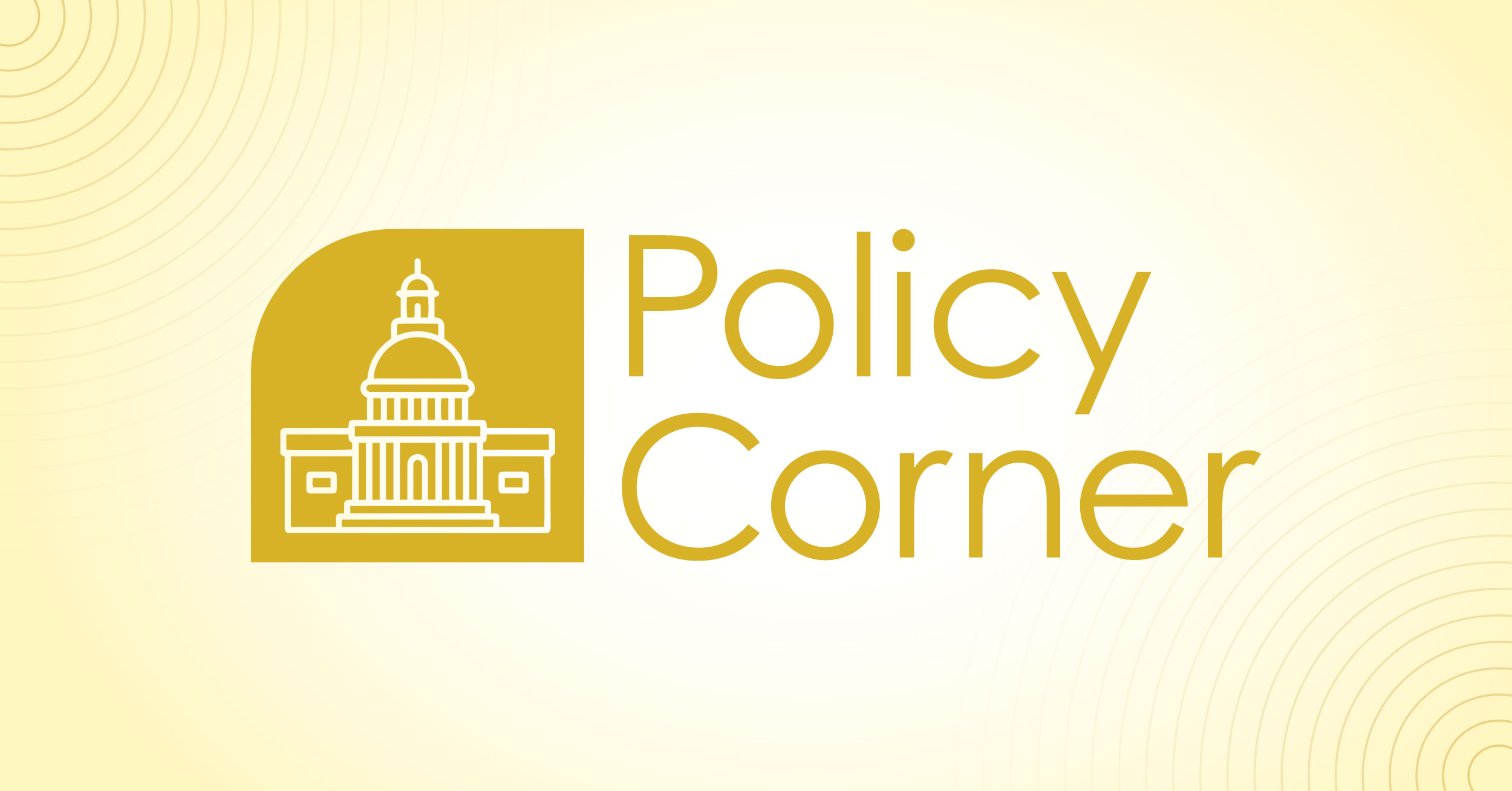
Authored by Brooke DurhamDemand for hydrogen fueling capacity is growing quickly as fleet operators discover the benefits of fuel cell electric vehicles in a variety of applications. Continued innovation of reliable, efficient fueling solutions will support the rapid deployment of these fuel cell electric vehicle fleets. To contribute to these important development efforts, CTE partnered with NICE America Research, Inc. (NICE) and two of the nation's leading fuel cell electric bus (FCEB) transit fleets to demonstrate NICE's cutting-edge liquid hydrogen refueling technology in the transit operational environment. The fueling technology's demonstrations at Stark Area Regional Transit Authority (SARTA) and SunLine Transit District (SunLine) proved an unequivocal success and introduces an exciting innovation to hydrogen fueling for fleets.
Unlike typical liquid hydrogen fueling systems, where the liquid pump is located outside of the storage tank, the NICE system features a unique design that places a submerged pump in the liquid fuel storage tank. The refueling system delivers liquid hydrogen to a dispensing control loop that vaporizes the liquid into a gas and compresses it to 450 bar pressure (6,500 psi) at temperatures as low as -40 degrees Centigrade. This enables the NICE system to eliminate the use of costly pre-cooling systems and gaseous buffer storage; the pumps can send fuel directly to the dispensers and the buses. There is also the added benefit of significant reductions in boiloff and subsequent venting of gas into the atmosphere.
From April 2021 to February 2022, the NICE system conducted 118 vehicles fills at SARTA and 312 vehicle fills at SunLine during the three- and five-month demonstration periods, respectively. The demonstrations dispensed a total of 10,455 kilograms of hydrogen. The performance of the NICE station met or exceeded typical hydrogen fueling benchmarks at both SARTA and SunLine. Fill rates were on par with other transit-owned hydrogen fueling infrastructure, averaging a rate of 3.1 kg/min. Both applications achieved 100% uptime throughout the demonstration period, which is a key reliability metric for transit agencies. The average state of fill of the onboard vehicle tanks also exceeded the 95% target with averages ranging from 96% to 99%.
This next-generation hydrogen fueling technology provides significant financial benefits, as both SARTA and SunLine demonstrations data indicates. The design of the system results in capital cost reductions along with reduced operational expenses. Submerging the pump within the tank reduces capital costs by decreasing the footprint and the number of components needed to construct a fueling station. The system design reduces operating expenses by minimizing the use of hydrogen fuel for cooling station components and using significantly less energy for operation. By achieving a high state of fill, the fueling solution contributes to maximizing a fuel cell electric vehicle's operating range, making these vehicles even better candidates for replacing diesel or CNG buses.
In the near future, the technology will be licensed to Clear Skies Hydrogen (CSH), an independent company for commercialization. CSH will be offering the liquid pumptechnology as integrated hydrogen fueling solutions of varying sizes that can be purchased or leased by operators: a mobile trailer, portable station, or as a component within a permanent liquid hydrogen fueling station.
The mobile trailer, which was demonstrated at SARTA and Sunline, is self-contained on a trailer bed and includes a 1500-gallon liquid hydrogen tank, which is equivalent to 350 kilograms of usable hydrogen. The portable station offering will be available in 2023 and will have a footprint of 53' by 8'. This option includes a larger tank of 4500 gallons (1100 kilograms of usable hydrogen) and can support one or two pumps. The NICE liquid pump technology will also be available as a vendor component in permanent liquid hydrogen fueling stations. The permanent station design includes two or more liquid pumps submerged in the tank. All NICE fueling systems are capable of delivering SAE J2601 compliant fills. Additionally, the NICE liquid hydrogen pumps will be capable of fueling at 350 or 700 bar by late 2022.
Innovations in technology like the NICE submerged hydrogen pump are key to increasing efficiency, driving down costs, and expanding access to hydrogen fuel across the country. CTE supports the commercialization of new solutions that will accelerate the transition to a zero-emission transportation system, in which fuel cell powered vehicles will play a critical part.





